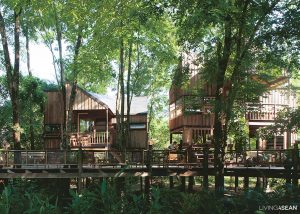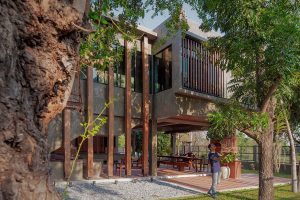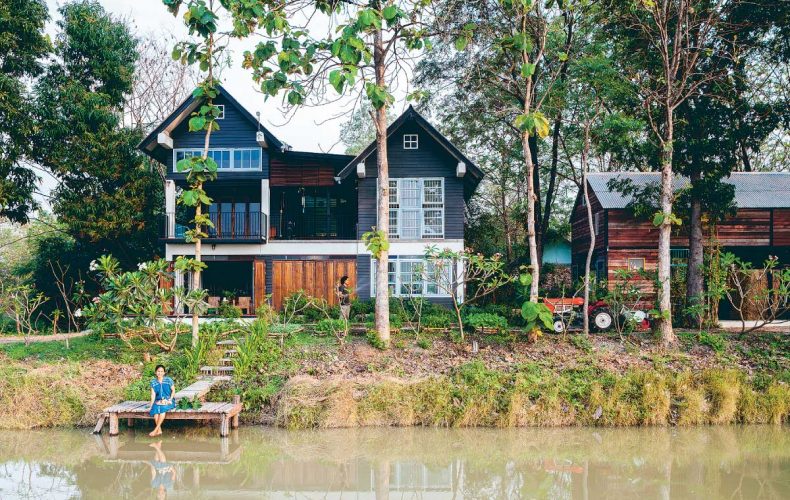/ Suphan Buri, Thailand /
/ Story: Sarayut Sreetip-ard / English version: Peter Montalbano /
/ Photographs: Sitthisak Namkham / Styling: Jeedwonder /
Several years ago Naiduangta Pathumsut and Rungroj Kraibut began building their farmhouse with meager savings. That of course didn’t produce the kind of home we see today, but it was enough for the concrete structure and the roof. Before long their enthusiasm, determination and a lot of hard work resulted in a beautiful home amid lush green fields. There is the pride and glory in it, no doubt.

They first started with a single-story home and named it “Ton Tarn”, which is Thai for the point of origin from which a stream or river flows. Naiduangta’s parents settled down and raised a family here a long time ago when the trees were still young and had only just begun to emerge from seeds.
They bequeathed a parcel of land to her and Rungroj to build this new house connecting to the original family home.

By way of introduction, Naiduangta was born here in Suphan Buri, but moved when in kindergarten. Eventually completing Thai Language Studies at the Faculty of Education in Chiang Mai, she worked in Bangkok for a period of time before returning to Suphan Buri to help her father with his work promoting child literacy in this western province of Thailand.
Rungroj, a native of nearby Uthai Thani, studied environmental geography and has worked for the Seub Nakhasathien and Sarnsaeng-arun Foundations to promote learning about living with nature. After the great flood of 2011, the couple decided to put in a two-story home – connecting to the original single-story house – as a means to escape future flooding.


Rungroj can still recall how it all started: “If we’d waited to get all the money, we wouldn’t have been ready. We wouldn’t have started or done anything.”
With the help of local craftsmen, the basic structure was built in two years, but by then the money had run out and the work had to depend on just the two hands of “Craftsman Rung” for the wood walls, doors, windows, and some furniture.
“I used timber from Neem trees or Indian lilac (a tree in the mahogany family) and Burmese rosewood trees grown and harvested on our property. Plus, we had some old wood, doors, and windows set aside. After another two years the exterior looked finished, but there was still a lot of work to do.”
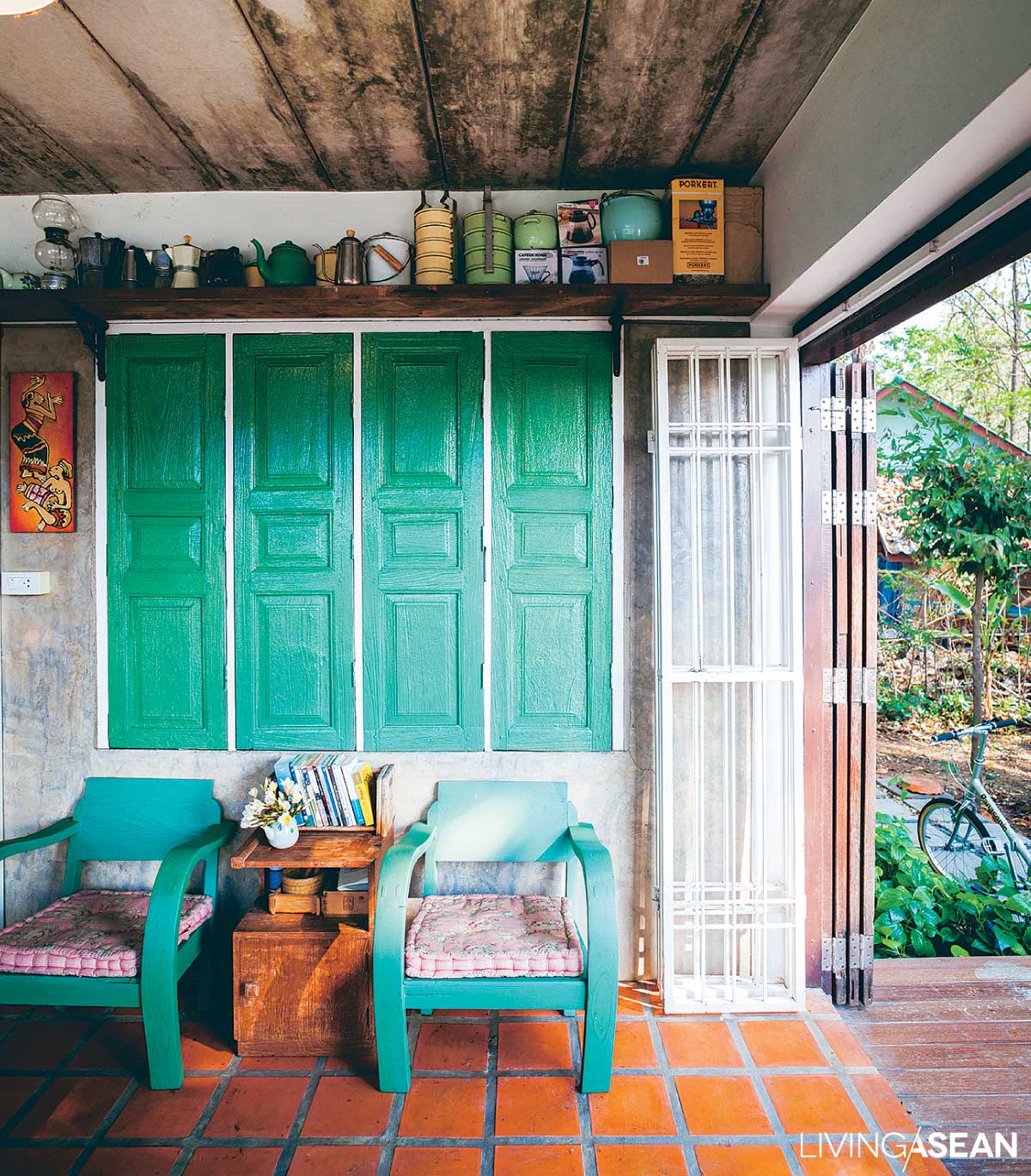

The 9-acre property includes the parents’ house, the main house, and a rice granary. There’s a natural well with a planted bamboo border. Umbrella bamboo is grown for its edible shoots, and giant thorny bamboo for fencing. The bamboo orchard is in one area, rice paddies in another, and big, harvestable trees remain from the time of Rungroj’s grandfather.
“November to March is the perfect season for growing leafy vegetables we use ourselves, but we switch crops sometimes. Vine veggies like string beans, loofah, and squash are perennials. They provide a natural way to prevent disease and insects that often spread when growing just a single crop,” said Rungroj.


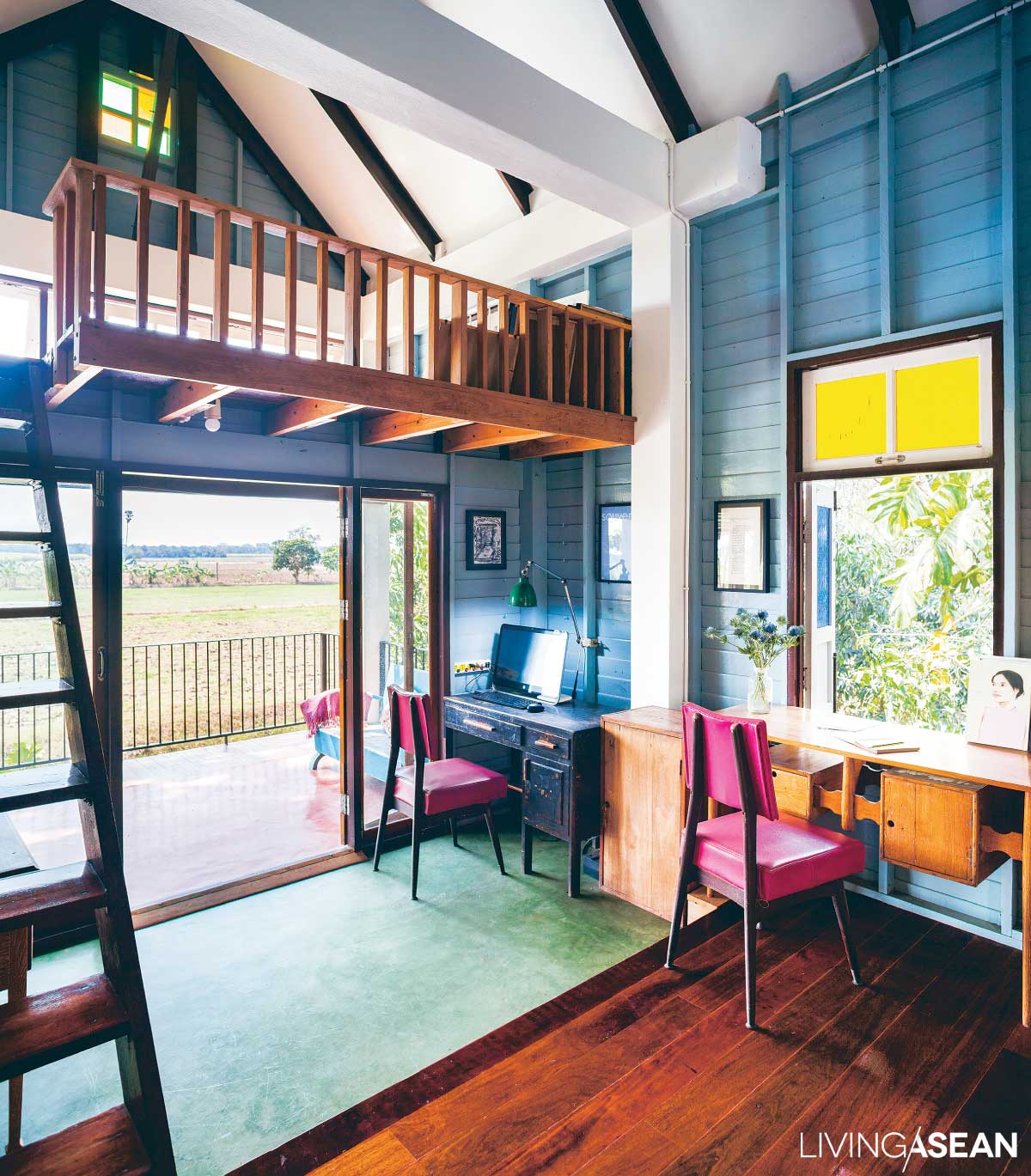
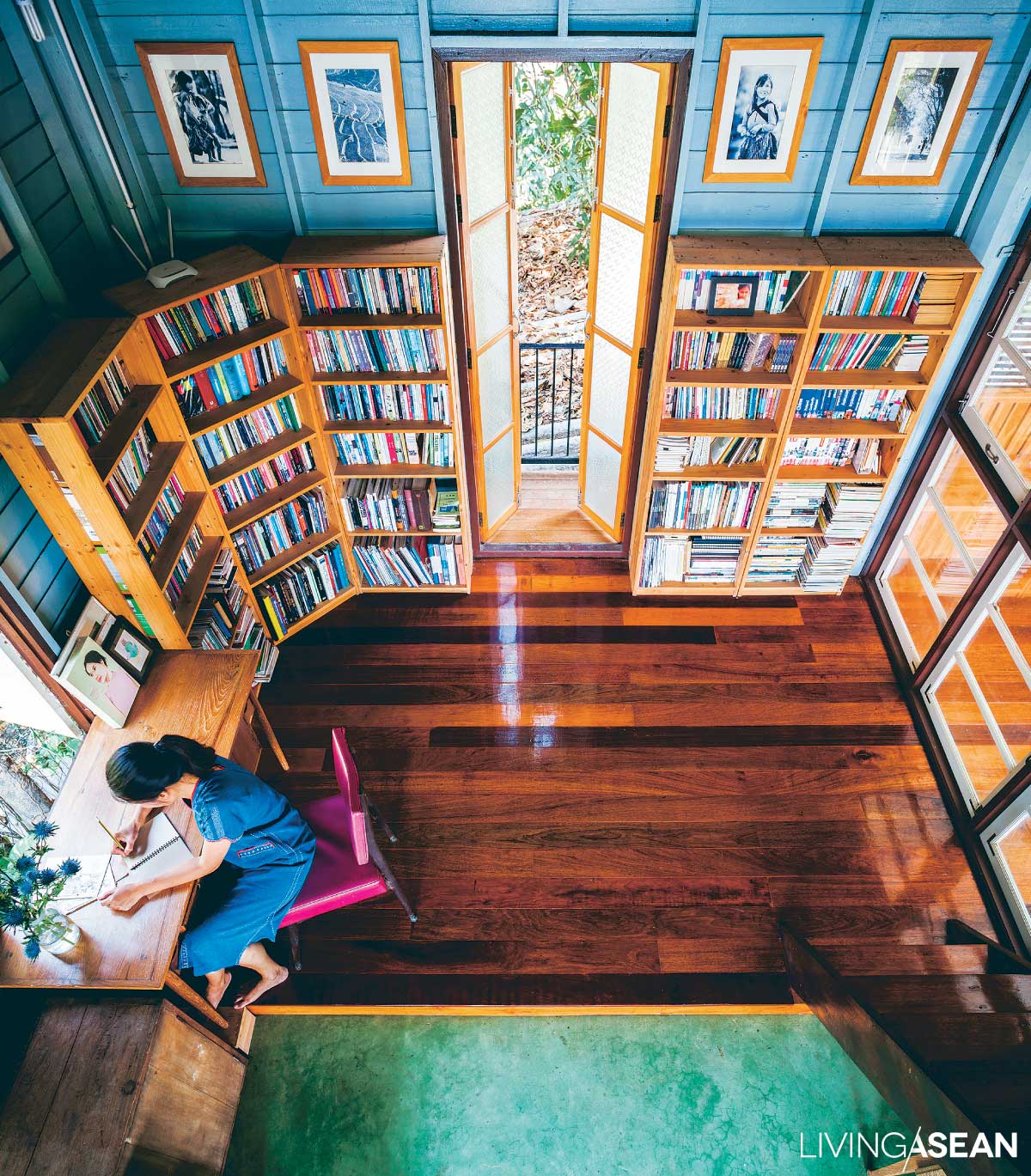
“The image of our house in the middle of the fields looks great. We can’t do anything about how farming in the area has changed: use of chemicals, burning sugarcane fields,” he continued.
“We can only adapt to it and build on our own natural world. Our joy is in the pride of doing things with our own hands. There’s nothing perfect in nature: it’s all a learning experience, like life as a married couple, gradually adapting. Where we can’t adapt, we create understanding so we can live together.”



Owner: Naiduangta Pathumsut and Rungroj Kraibut
Visit the original Thai article…
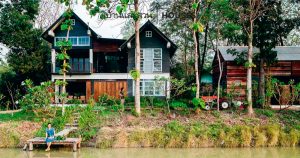 บ้านไร่กลางทุ่งที่สร้างด้วยเงินเก็บสามแสนและน้ำพักน้ำแรงฉบับคนบ้านนอก
บ้านไร่กลางทุ่งที่สร้างด้วยเงินเก็บสามแสนและน้ำพักน้ำแรงฉบับคนบ้านนอก
You may also like…
